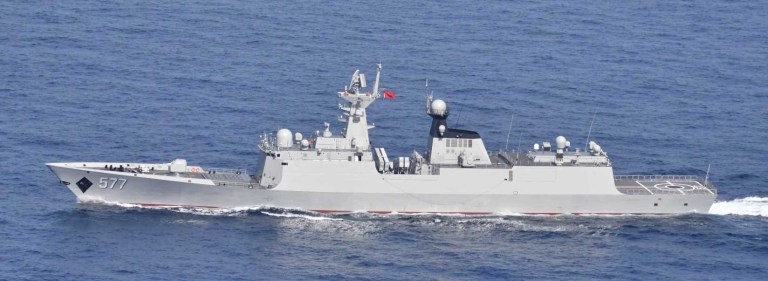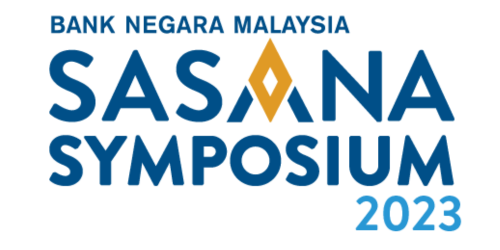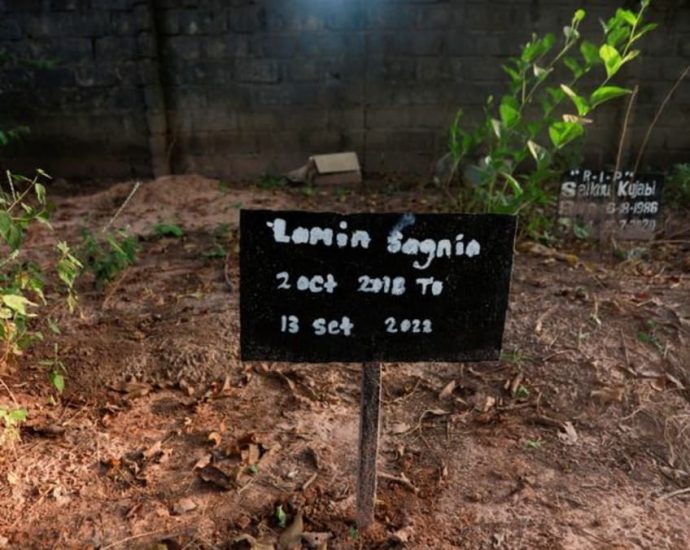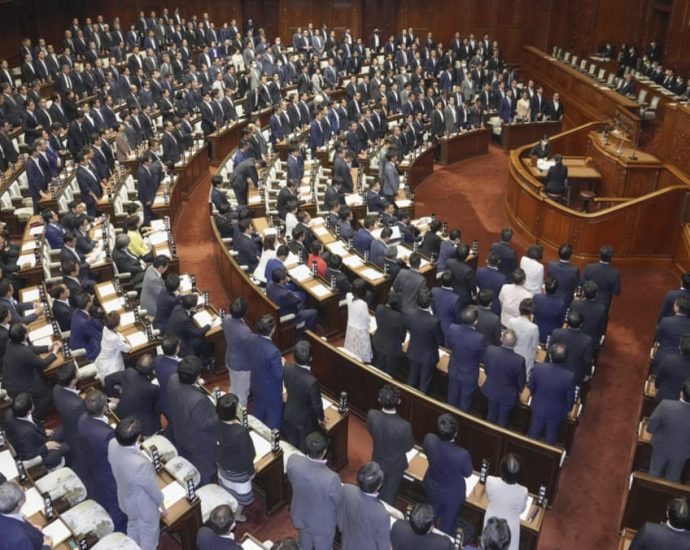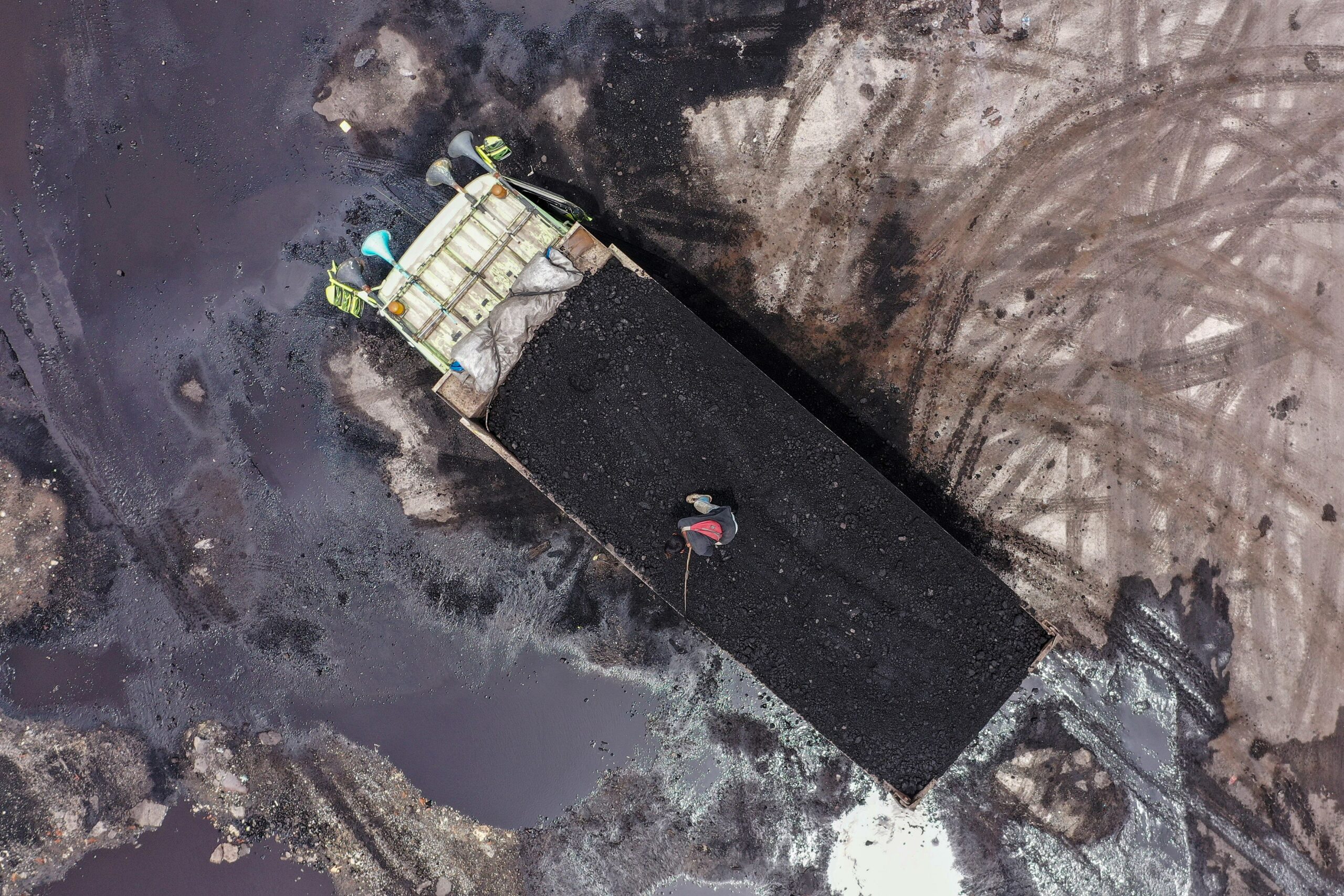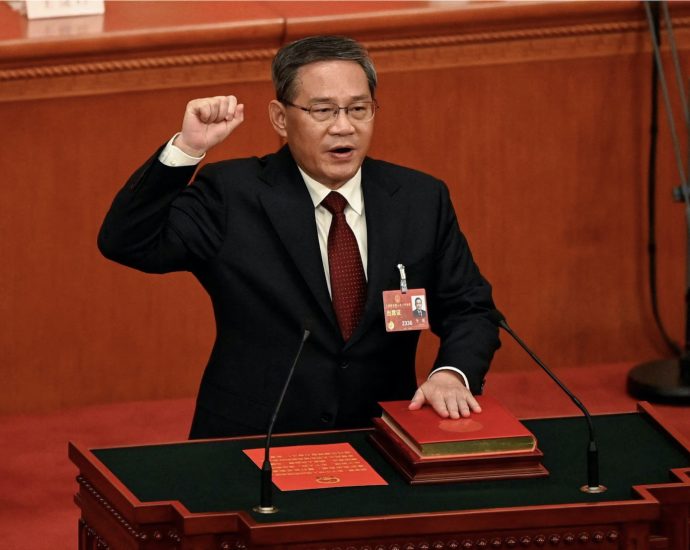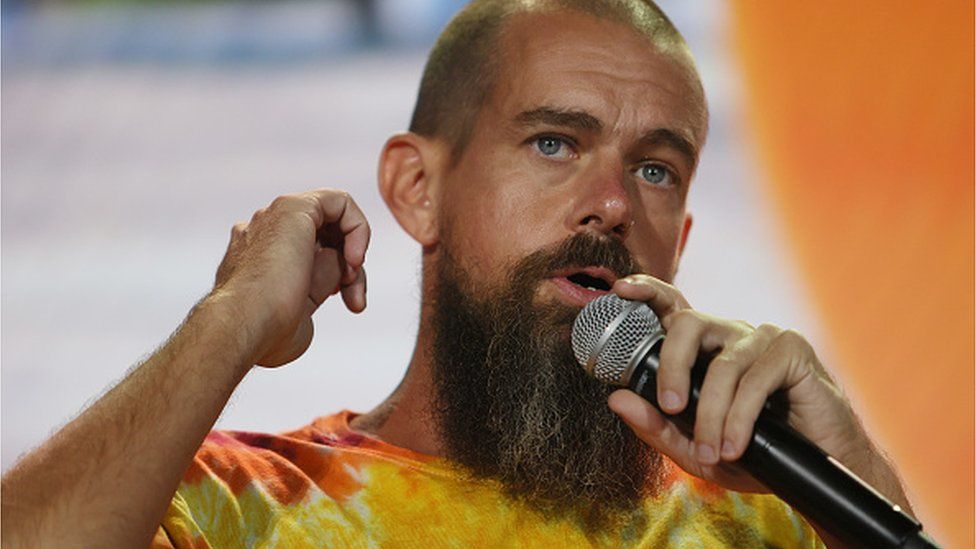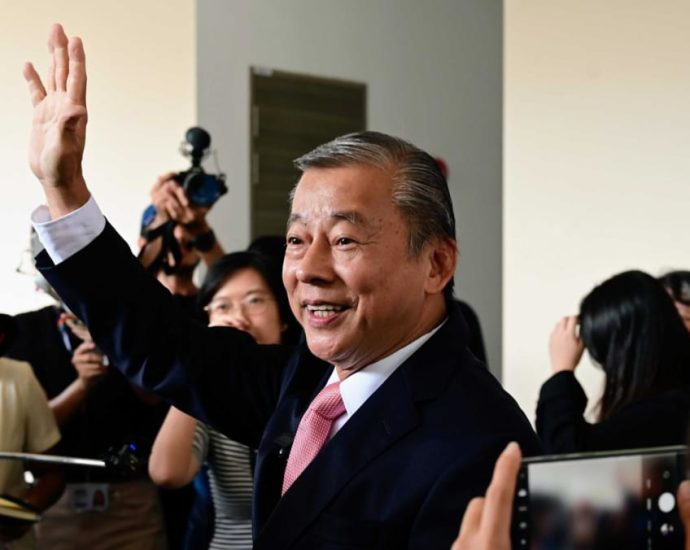US sanctions Chinese hypersonic weapon makers
A total of 31 additional Chinese companies have been sanctioned by the United States for alleged offenses including using US technology to produce hypersonic weapons and sell them to Pakistan and helping the Chinese government carry out human rights abuses against Uyghurs in Xinjiang.
Four of the newly sanctioned companies – Affiliates International, Changzhou Utek Composite Co Ltd, Beijing Luo Luo Technology Development Co Ltd and Tiger Force Electronics Ltd – were added to the US Commerce Department’s “entity list” based on contributions to Pakistan’s ballistic missile program.
The announcement came after China completed the delivery of four 054A/P frigates to Pakistan on May 9. The frigates carry China’s CM-302 surface-to-surface supersonic missiles and Pakistan’s P282 anti-ship hypersonic missiles.

However, some military experts believe that the core parts of the P282 came from China and it should really be considered a rebadged version of China’s CM-401 hypersonic missile, which has a speed of Mach 6.
“Preventing advanced technologies from being used as part of China’s civil-military fusion strategy and threatening US national security is our top priority,” said Alan Estevez, Undersecretary of Commerce for Industry and Security in the US. “Today’s actions are an important step in that effort.”
“It is imperative that we prevent China from acquiring US technologies and knowhow to enable their military modernization programs,” said Matthew Axelrod, assistant secretary for export enforcement in the US. “And that’s why, today, we’re adding parties tied to China’s hypersonics, naval modernization and military pilot training programs to our entity list.”
It is no secret that China treats Pakistan as a top market for its hypersonic missiles. Last November, Zhang Bin, a Chinese military commentator, published an article headlined, “China sells high hypersonic anti-ship missiles to Pakistan, showing some muscle to India.”
“Pakistan’s navy is obviously weaker than that of India, so Pakistan should purchase powerful hypersonic weapons such as China’s YJ-21E missiles,” Zhang said in the article. “If Pakistan buys YJ-21E, China can share information about naval battles with it.”
The CM302 missile is an export version of the YJ-12E. It has a speed of Mach 3 while YJ-12E can fly up to Mach 10.
Beijing’s opposition
Some Chinese firms, including Aviation Industry Corporation of China (VICC) 612 Institute, Beijing Iwintall Technology Co Ltd, Beijing Transemic Technology Co Ltd and Luoyang Institute of Science and Technology, were added to the Entity List for acquiring and attempting to acquire US-origin items in support of China’s military modernization, according to the US Commerce Department.
They were accused of having demonstrable ties to activities of concern, including hypersonic weapons development, design and manufacture of air-to-air missiles, hypersonic flight modeling and weapon lifecycle management using Western software.

Besides, the Shanghai Supercomputing Technology Co Ltd, a joint venture of the Shanghai Supercomputing Center (SSC) and Dawning Information Industry Co Ltd or Sugon, was sanctioned by the US for offering cloud-based supercomputing capabilities to support hypersonic research.
Sugon, a Beijing-based supercomputer maker backed by the Chinese Academy of Science (CAS), has been sanctioned by the US since June 2019. Earlier this month, the SSC said it plans to boost the speed of its Dawning 4000A system, China’s fastest commercial supercomputer, by connecting it with the Hefei-based Quantum Origin’s quantum computers.
Several firms were accused of importing mobile phone inspection software, fingerprint analysis technology, biostatistics software and DNA testing items from the US to China, which used these items in its repression against Uyghur Muslims and members of other minority groups in Xinjiang.
Multiple entities faced sanctions for recruiting western pilots to train People’s Liberation Army pilots on western aircraft maneuvers and tactics.
“In order to maintain its military and technological hegemony, the US has repeatedly generalized the concept of national security, abused state power, unreasonably suppressed Chinese companies, and wantonly disrupted the international economic and trade order and world trade rules, seriously endangering the stability of the global industrial and supply chains,” Wang Wenbin, a spokesperson of the Chinese foreign ministry, said Tuesday.
“It has reached a point of hysteria and would stop at nothing to do so,” Wang added. He said China resolutely opposes the US curbs and urges the US to immediately correct its wrong practice of politicizing, instrumentalizing, and weaponizing economic, trade, and technological issues under the guise of military-related and human rights issues.
Ties with Iran
This latest round of sanctions came hard on the heels of another, earlier this month.
On June 6, Iran unveiled its first-ever hypersonic missile, Fattah, and claimed that it can move at a speed of up to Mach 15, or 15 times the speed of sound. On the same day, the US Treasury Department sanctioned a network of seven individuals and six entities in Iran, China and Hong Kong in connection with Iran’s ballistic missile program.
It said P B Sadr, an Iran-based firm, purchased centrifuges, modules with radar applications, accelerometers and gyroscopes from China on behalf of Iran’s Ministry of Defense and Armed Forces Logistics (MODAFL). Centrifuges are essential for the production of nitrocellulose, a raw material for propellants and combustible components.
A spokesperson of the Ministry of Commerce said Monday that China opposes the US move to sanction Chinese entities on the grounds of alleged involvement in Iran.
“The US approach lacks factual basis and due process, and damages the legitimate rights and interests of Chinese companies and individuals,” said the spokesperson. “The US should stop its unreasonable suppression of Chinese companies and individuals.”
Prior to this, the US Treasury Department on March 9 imposed sanctions on five Chinese companies, and one person for allegedly supplying parts to an Iranian maker of drones sold to Russia.
Read: China’s fastest yet quantum computer still way behind US
Follow Jeff Pao on Twitter at @jeffpao3

